Hólavallagarður Cemetery
This verdant, tree-lined Reykjavik graveyard is both enchanting and eerie.
In the late afternoon summer sunshine, Hólavallagarður is one of the most magical places in a country filled with them. Mossy, narrow paths weave among the graveyard as dappled light falling through the trees illuminates lichen-covered gravestones. And on a cloudy, rainy autumn day, Holavallagarour is gray, mysterious, and even ominous.
Also sometimes called the Old Churchyard, Hólavallagarður opened in 1838 as Reykjavik’s new cemetery, replacing a burial ground used since Viking times. The city placed the graveyard on a small hill a couple of blocks off the city’s central pond. Some of Iceland’s most famous sculptors, including Einar Jónsson, carved gravestones here.
For the next century and a half, Hólavallagarður was the most important graveyard in Iceland. Jón Sigurðsson, the father of Icelandic independence, is buried here, as is Jóhannes Sveinsson Kjarval, Iceland’s most famous painter, and Ingibjorg Bjarnason, the first woman member of parliament.
The graveyard also houses victims of the 1918 Spanish influenza pandemic, as well as a handsome monument to French sailors lost at sea. The cemetery was fully booked by the early 1930s, but families that bought their plots before then can still bury their dead here.
What makes Hólavallagarður particularly special is that in a country with hardly any trees, it is practically a forest. Graves are kept company by drooping willows, spruces and poplars, and especially birch and rowan trees.
There’s an Icelandic tradition that the first person buried in a graveyard is its guardian and will protect all the dead who come after. Holavallagarour’s guardian is Guðrún Oddsdóttir, who died in 1838, the year the cemetery opened.
Know Before You Go
Hólavallagarður is always open.

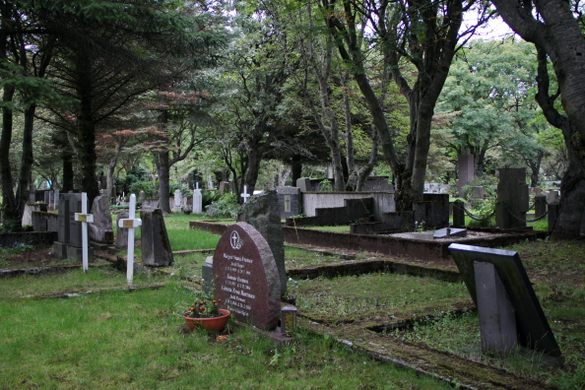
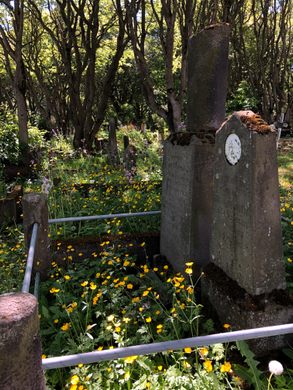
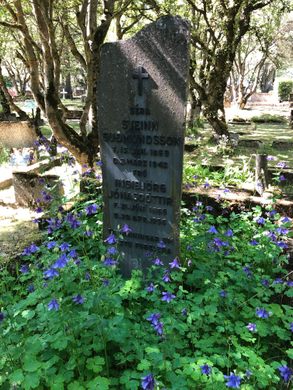

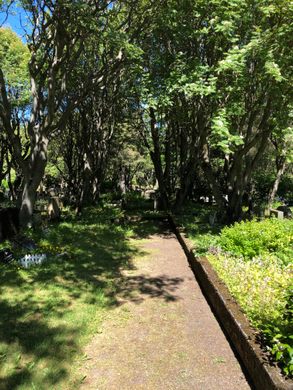

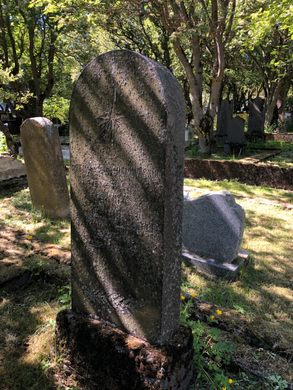



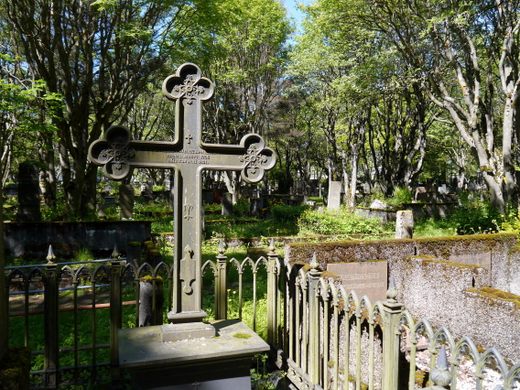






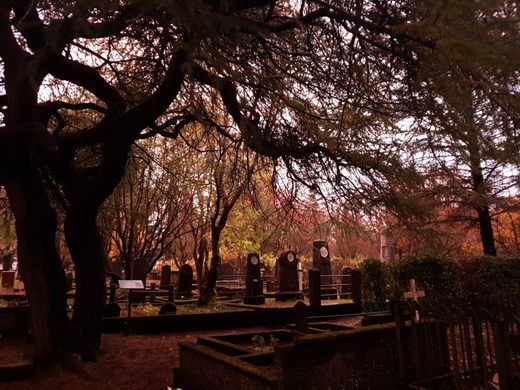







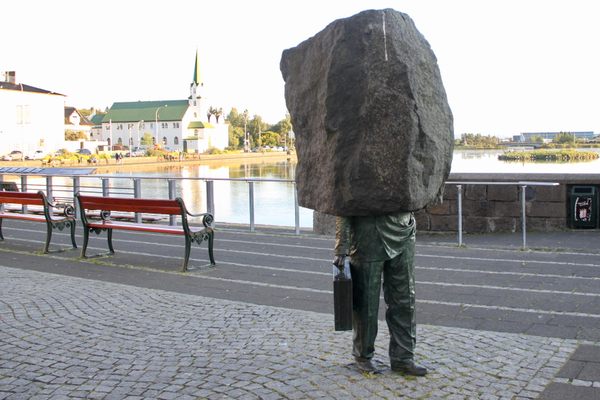
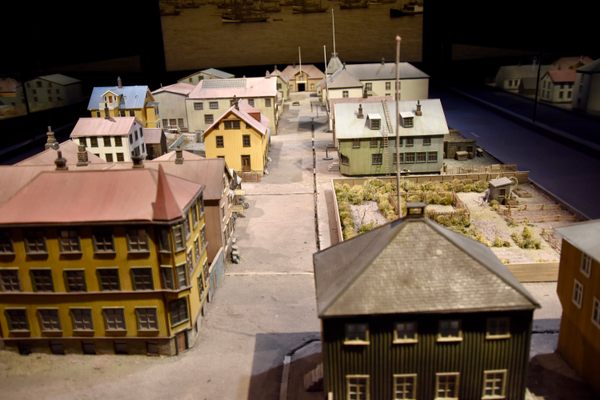





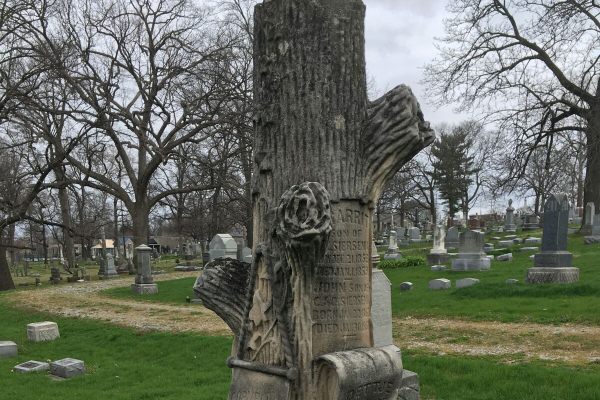

Follow us on Twitter to get the latest on the world's hidden wonders.
Like us on Facebook to get the latest on the world's hidden wonders.
Follow us on Twitter Like us on Facebook